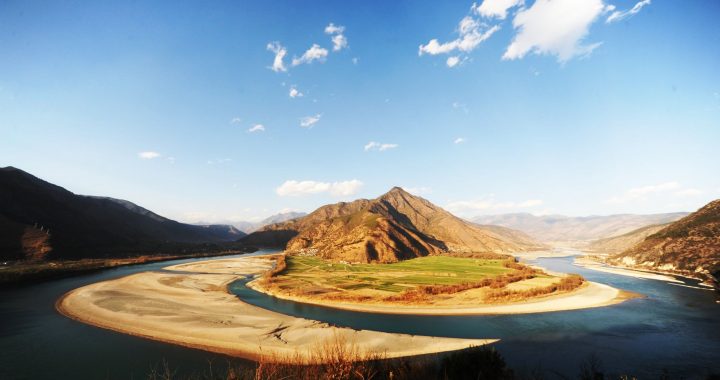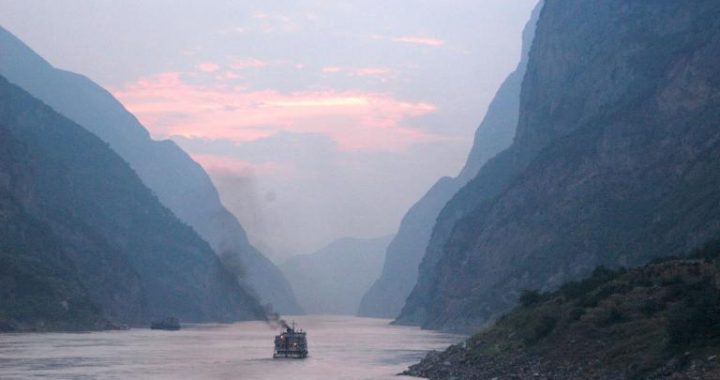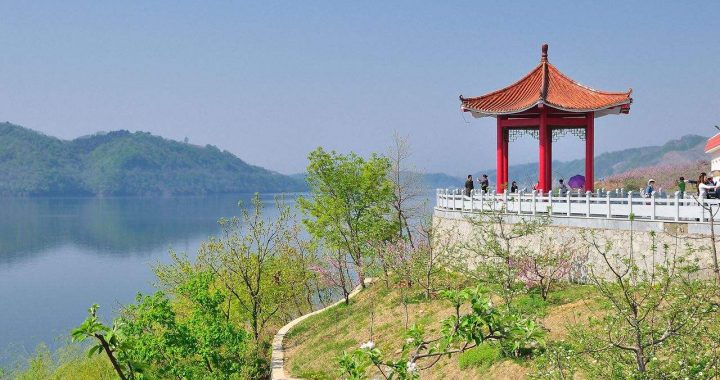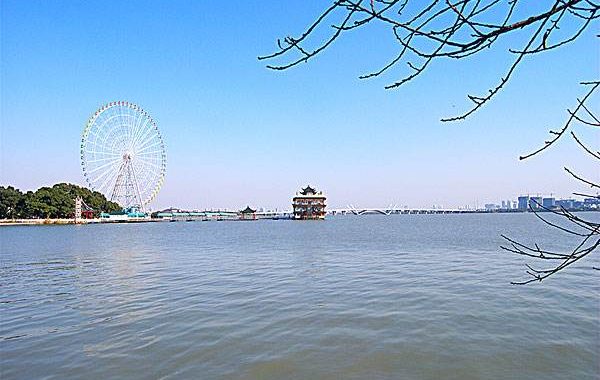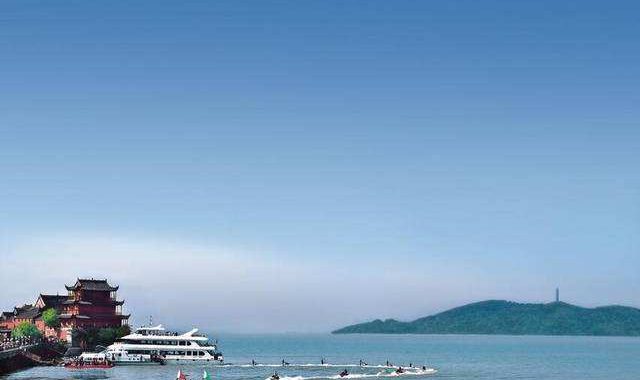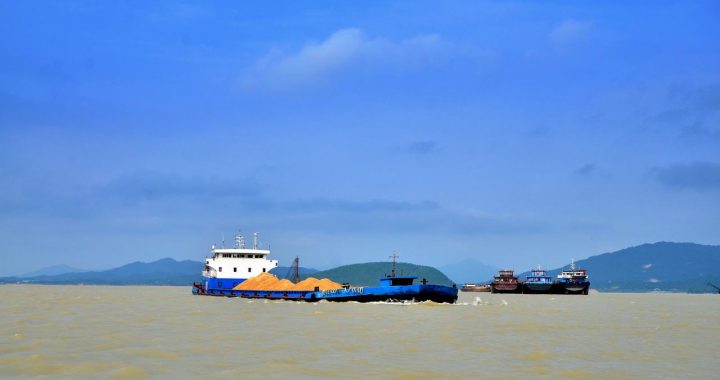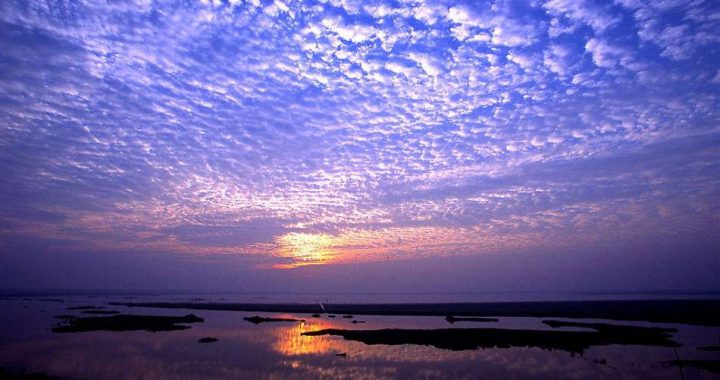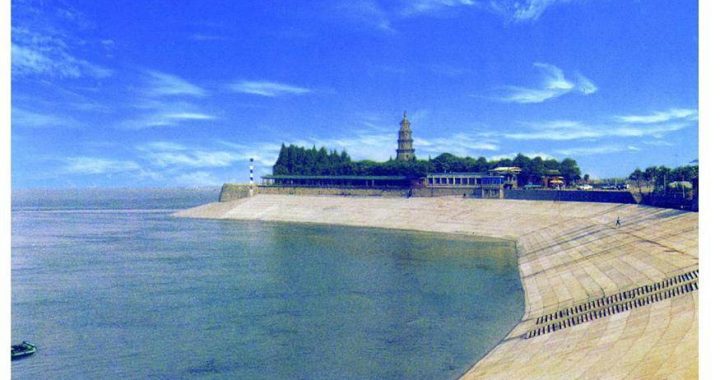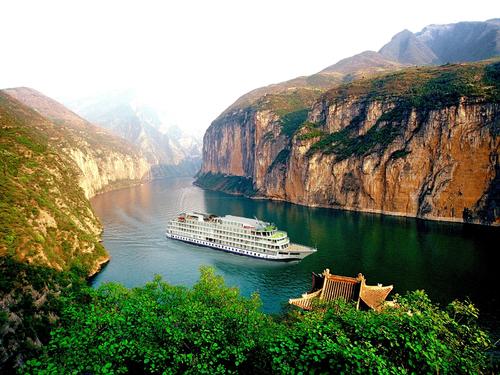Hangou Canal
5 min read“If we hope the tree to grow tall,then we must solidify its root;if we want the river to flow far,then we must dredge up its source.”(From Wei Zheng,Memorial of Expostulating with Taizong about Ten Thoughts)The root of a tree and the source of a river decide how and to what degree they would develop in the future.
Being the traffic artery that traverses China from the west to the east,and with the long history of navigation,the Yangtze River is the important foundation of the economic development and prosperity of the Yangtze River Basin,and has long been called the”golden waterway”.How-ever,the important position it has today is ab-solutely not achieved in one day,but has expe-rienced longtime development and regulation.Ifwe really trace back,we should begin our story from the slave society.
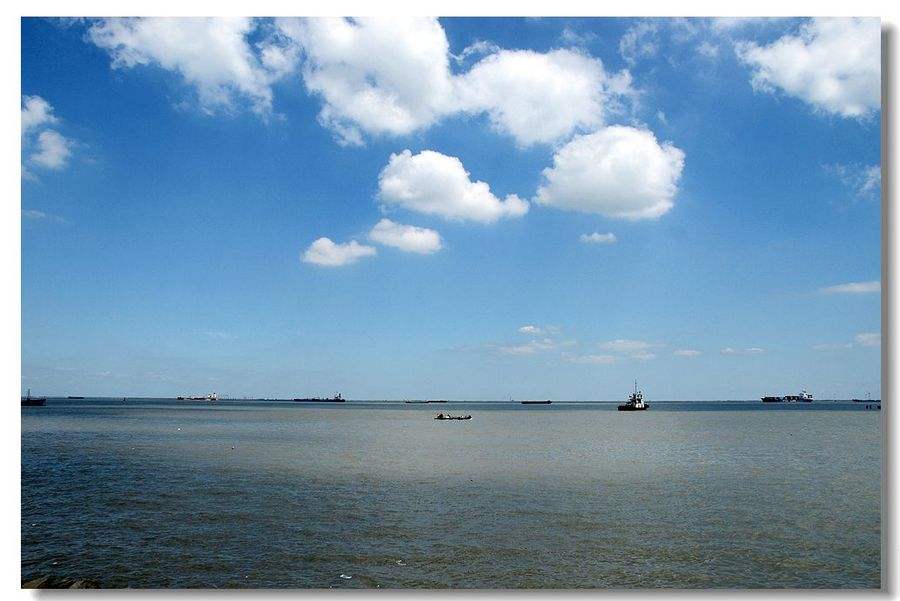
After China entered slave society,people’s emphasis of transportation means began to change,and waterway transport began to be considered as the most convenient and also necessary one. In order to facilitate the kingdoms paying tribute and enhance the commercial contacts with the adjacent countries, almost all the large cities of ancient China were built reachable by boat. As time passed, peo-ple developed a new way of transportation-waterway transportation. According to the historic records, water-ways were first appeared in the Xia dynasty (2070 BC-1600BC), and among them three were by the Yangtze River. We can see that even in the early slave society, parts of the mainstream and tributaries of the Yangtze River were playing an important role in waterway trans-portation.
As early as in Zhou dynasty(1046 BC-256 BC), there appeared wars on water. Just like the invention of gun-powder, the ancient waterways, besides the application in transporting goods, were also used in wars.
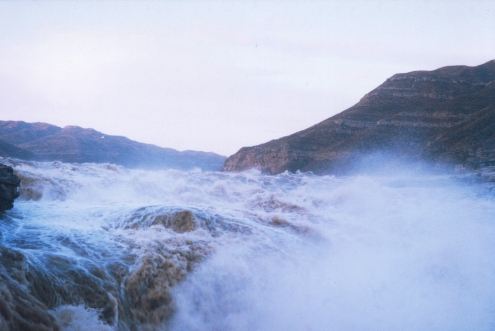
During the Spring and Autumn-Warring States Period (722 BC-221 BC), the lords contended for hegemony, with wars breaking out and the society in turbulence. Rivers were very important geographical advantages in wars, which gave the waterways more importance. Many battles in Jianghan Region relied on the Yangtze River and centered on the big cities along it, whose waterways thatextended in all directions brought great convenience for the victorious nations. In the course of the Qin state unify-ing China, it paid much importance to waterway trans-portation and made it a means of wars. It could be said that in the process of the Qin state conquering the six states, waterway transportation really contributed a lot.
However, the natural waterways were far from meet-ing people’s needs, so Chinese people began to open up man-made channels, which, on one hand, could shorten the journey and save time, and on the other hand, could avoid dangerous shoals and rapids to assure security. In the Spring and Autumn Period (722 BC-481BC), in order to expand his territory and fight war with the Qi state, the King of the Wu state, Fuchai, ordered to excavate Hangou Canal to link up the Yangtze River and Huaihe River. This was one of the earliest projects that connected the Yangtze River and Huaihe River, and also the beginning of the Grand Canal in later time.
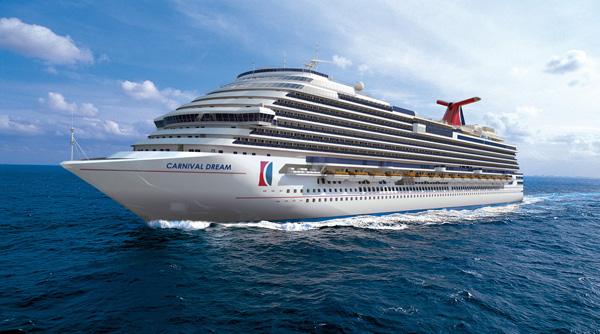
Hangou Canal, excavated during 486BC-484BC, was the earliest canal recorded in Chinese history. It was the ancient canal that linked up the Yangtze River and Huaihe River.
The Wu state attacked the Yue state and had an over-whelming victory, and the king of Yue, Goujian, was cap-tured. Not having to worry about the Yue state any more, Fuchai, King of Wu, was determined to march northward into Central Plains and contend with the Qi state. However, anabasis to the Qi state involved the problem of trans-porting army provisions and supplies; merely land-carriage would waste much man power and money, besides, it was very inconvenient to go on a remote and rough journey. The advantages that the Wu state had then were boat craftsmen and advanced tech-nology in river-excavation, boat-building and navigation. Considering that there was no watercourse to link up the Yangtze River and Huaihe River, the Wu state decided to make one. Making use of the densely located lakes be-tween the Yangze River and Huaihe River, they dredged some sections to link up several lakes after measuring the geographic conditions. Therefore Fuchai excavated Hangou Canal and linked up the Yangtze River and Huai-he River to facilitate military transportation. When Fuchai was thinking about how to march northward all day long, the captured King of Yue, Goujian, had some different idea. He was thinking about”mantis stalks the cicada, un-aware of the oriole behind it”(meaning “someone covets gains ahead and is unaware of danger behind”)-if Han-gou Canal was completed and Wu troops went on an an-abasis northward, the war surely would weaken the power of the Wu state, then he could take advantage of that and emancipate himself. Considering of all these, he let Wen-zhong, who was taking charge of the Yue state on Gou-jian’s behalf, lead ten thousand workers to assist the State of Wu to excavate Hangou Canal as quickly as possible. After the Hangou Canal was completed, the Yangtze River and Huaihe River was connected ever since.
The excavation of Hangou Canal made full use of the favorable conditions that lakes and rivers were very near with each other and the water levels were of similar height. It linked up the two large water systems of the Yangtze River and Huaihe River, which was a commend-able achievement. After the excavation of Hangou Canal, the King of Wu, Fuchai, ordered again to dredge up Heshui River to connect Huaihe River and Jishui River which was derived from the Yellow River. With Hangou Canal con-necting the Yangtze River and Huaihe River, the Yangtze River, Yellow River, Huaihe River and Jishui River then could all be connected. This was a significant accomplish-ment, and made a new epoch in the history of waterway transport.
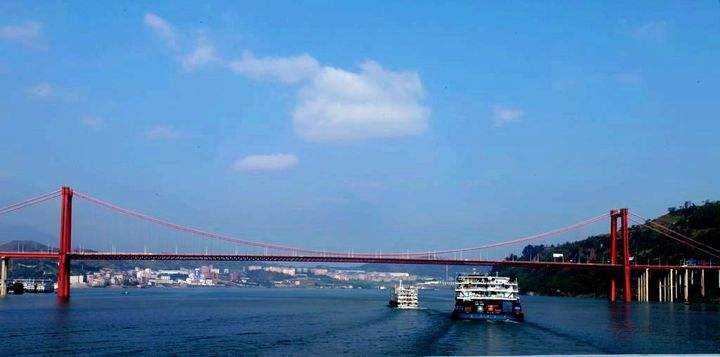
In the Western Han dynasty (206 BC-25 AD), the King of Wu state Liu Bi excavated the civilian watercourse of Hangou Canal. In Yangzhou, there used to be a Han-gou-Dawang Shrine(“Kings of Hangou-Canal Shrine”), in which Fuchai and Liu Bi were worshiped. The shrinewas built by Yangzhou people to thank them for their excavating Hangou Canal which benefits the later generations.
